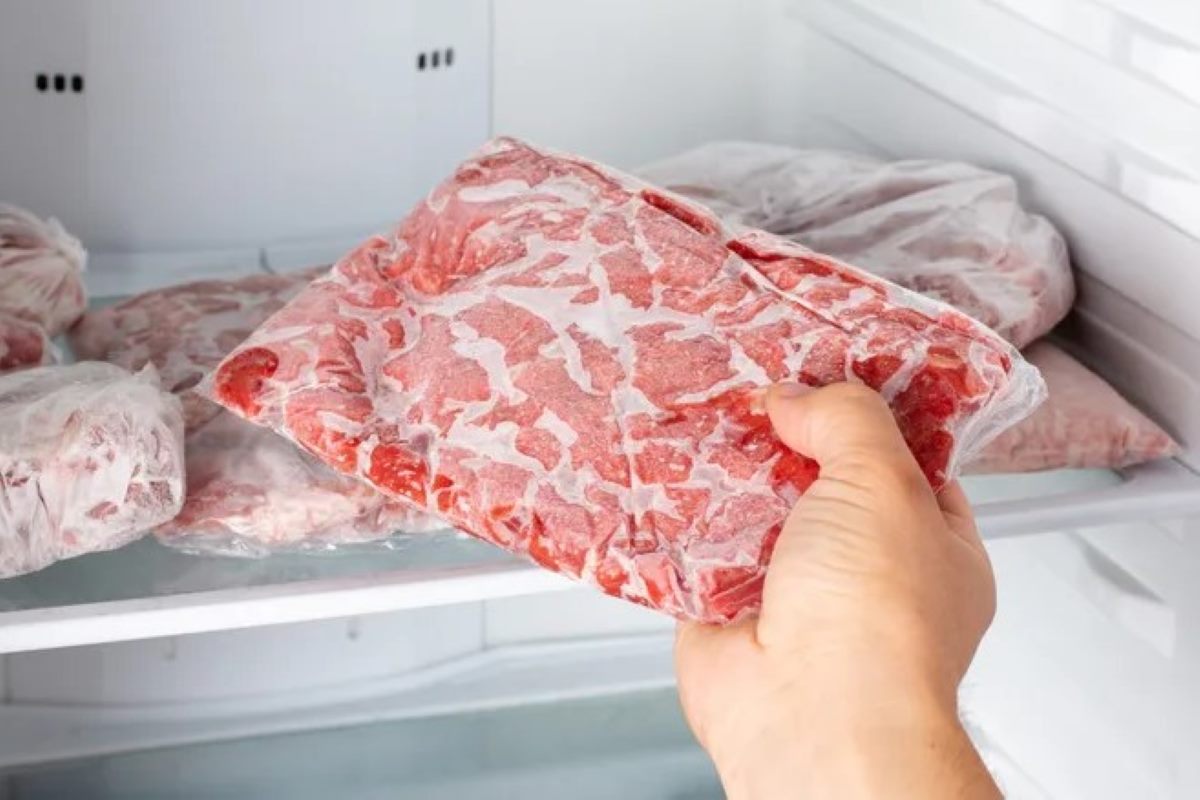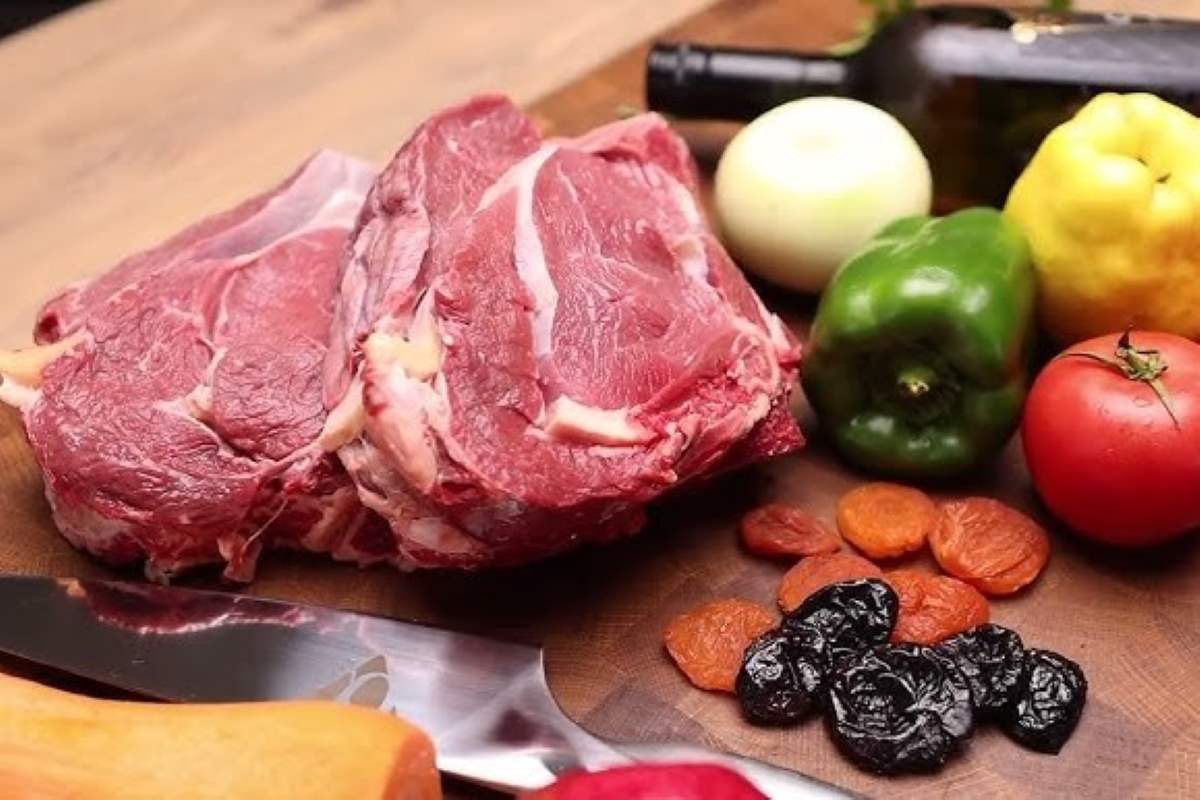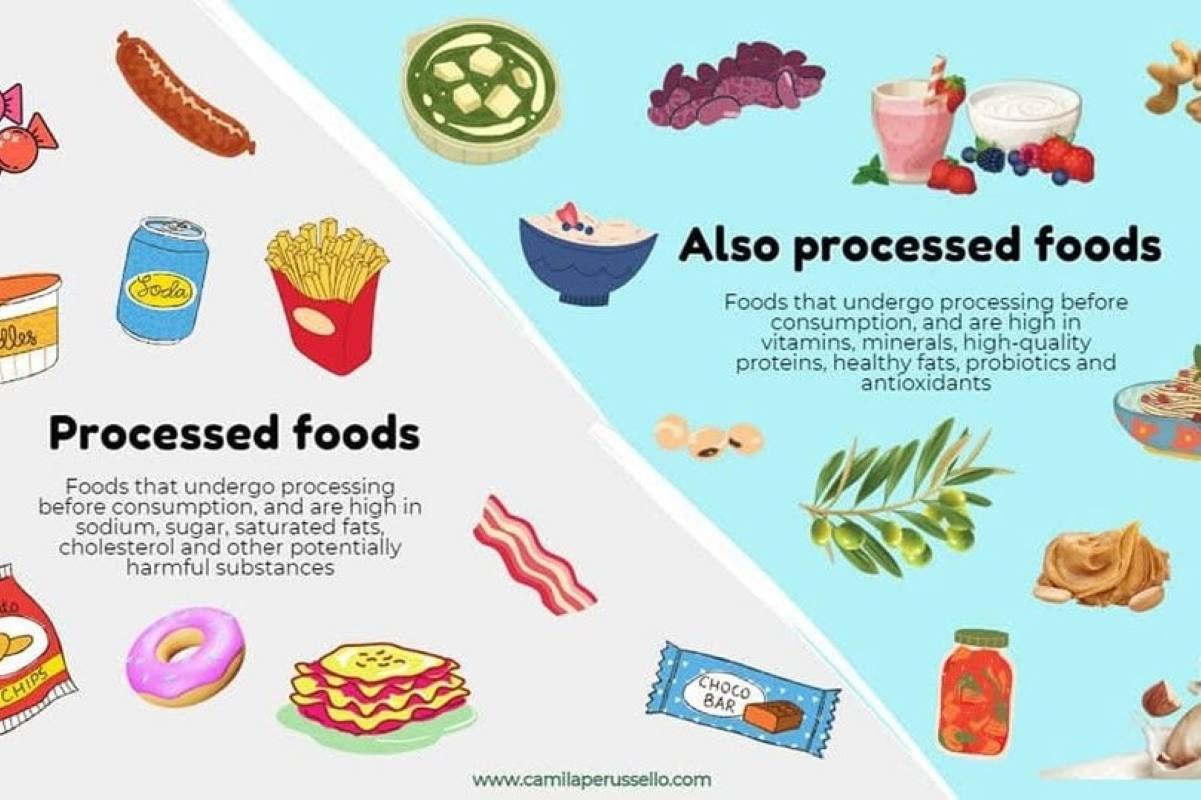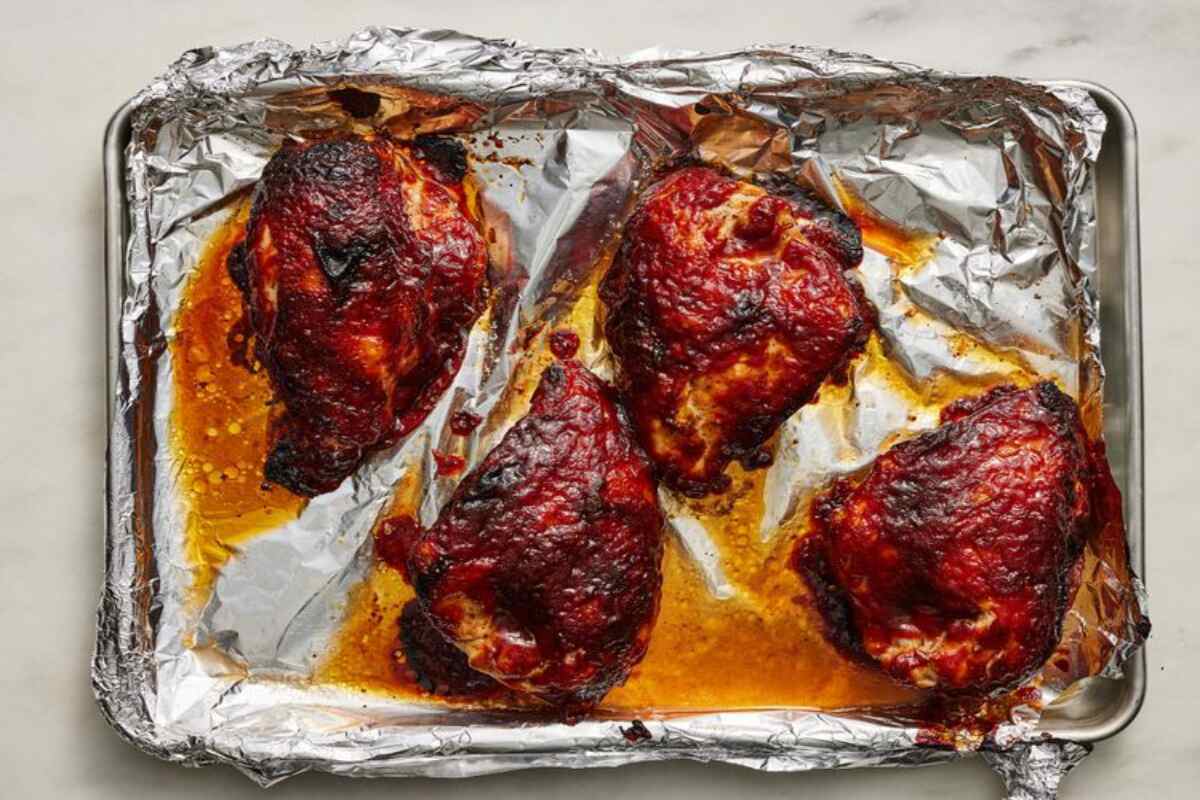Understanding how to defrost meat safely is a crucial step in avoiding the hazards associated with handling frozen meat. Imagine yourself forgetting to take out the Sunday turkey, and it’s already time to start meal preparation. What do you do with frozen meat? Leave it on the counter, or put it out in the summer sun?
How you handle meat during storage, defrosting, and preparation goes a long way in observing food safety. The primary goal of the food safety precaution recommendations is to discourage the growth of harmful microorganisms.
If you are not sure whether you’ve been thawing meat correctly, this article will clear those doubts. This piece will address what NOT to do when thawing meat. It will also show you the safest and science-backed guides on how to defrost meat safely.
Why Defrosting Correctly Matters
There’s such a thing as a meat temperature danger zone. This thermal zone ranges between 40–140°F or 4–60°C. If you plan to eat this meat, it is unwise to let frozen or fresh meat remain in this temperature zone for too long.
In the meat temperature danger zone, defrosting food safely would be almost impossible. The reason for this submission is that disease-causing and spoilage bacteria thrive best in this zone. Indeed, bacteria like Listeria, E-coli and Salmonella would take leaving meat in this temperature zone as an invitation to party.
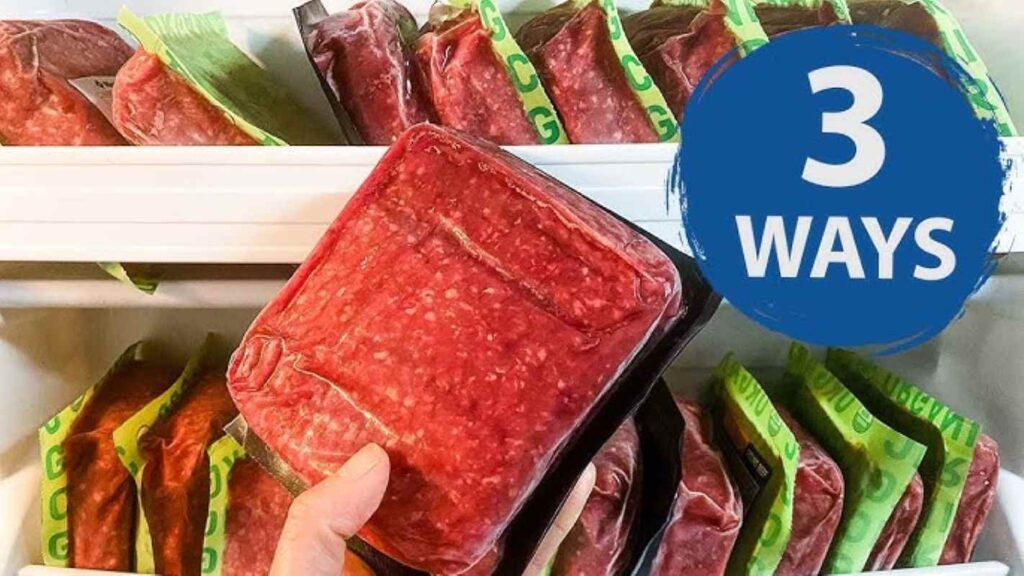
It is also noteworthy that thawing methods can impact the texture and cooking quality of frozen meat. It would be pointless to cry wolf without proffering a way of escape. We will hereafter itemize three guides on how to defrost meat safely.
ALSO READ: 10 Common Food Additives You Should Know About (And What They Do)
Method 1: Refrigerator Thawing (The Safest Method)
Looking for how to defrost meat safely and effectively? Most other safe meat thawing methods don’t stand a chance of beating refrigerator thawing. Permit us to explain why. Meat defrosting is not a meal preparation activity that you can carry out at the drop of a hat. It requires time and strategy.
Defrosting frozen meat at room temperature means the meat surface will thaw rapidly, while the core remains frozen. However, while waiting for the core to defrost, the surface slips into the meat temperature danger zone.
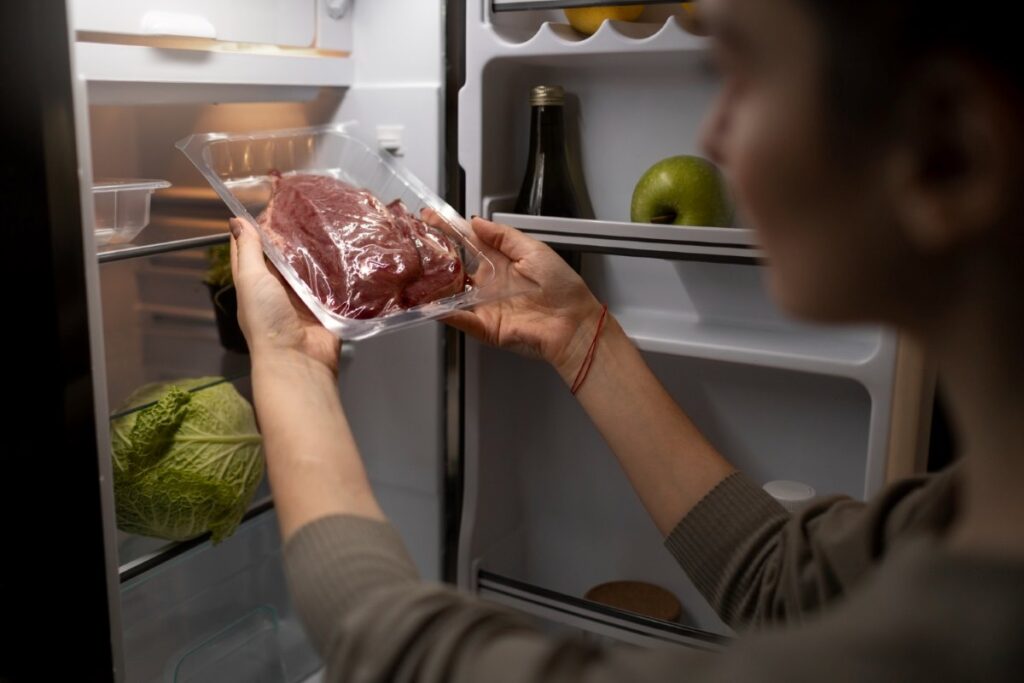
Refrigerator thawing is safe because it keeps your frozen meat out of the temperature danger zone. Fridge thawing is indeed slow, but it allows even defrosting of ice-solid meat.
Also, irrespective of the length of fridge thawing time, the temperature control keeps spoilage microorganisms at bay. Consequently, it is safe to refreeze fridge-thawed meat after culling the needed portion.
The upper limit of operating temperature in the average refrigerator is 40°F (4°C). So, the fridge thawing time may be anything between 12-24 hours. So, using this method requires some upfront planning.
Method 2: Cold Water Bath (Faster, Still Safe)
Do you find yourself hosting August guests who cannot wait for a meat cut to defrost in 24 hours? Cold water defrosting is an alternative, and still safe, method to adopt. The cold water thawing method involves placing the frozen meat in a leak-proof bag. After the sealing, the package is placed in a large container, and potable tap water is run over it. The water should submerge the sealed package and be changed in intervals of 30 minutes.

While the cold water thawing method provides another guide on how to defrost meat safely, there are a few caveats to it.
- The tap water must be cold, at least cold enough to keep the meat out of the temperature danger zone.
- The leak-proof bag is non-negotiable as it prevents cross-contamination.
- It is essential to cook immediately after thawing, which may take a few hours.
- Refreezing meat for future use after cold water defrosting may be unsafe.
Method 3: Microwave Thawing (Use With Caution)
Microwaving is the fastest method of thawing meat that we recommend. This method should only be used when there are no realistic alternatives. Irrespective, this thawing method should be used with the utmost caution. Microwave defrost safety requires following the prescribed steps for the preparation, defrosting and cooking of frozen meat. One of such guidelines is the choice of a microwave bowl. Preferably, use a glass or ceramic bowl that is big enough to hold the entire meat without spills.
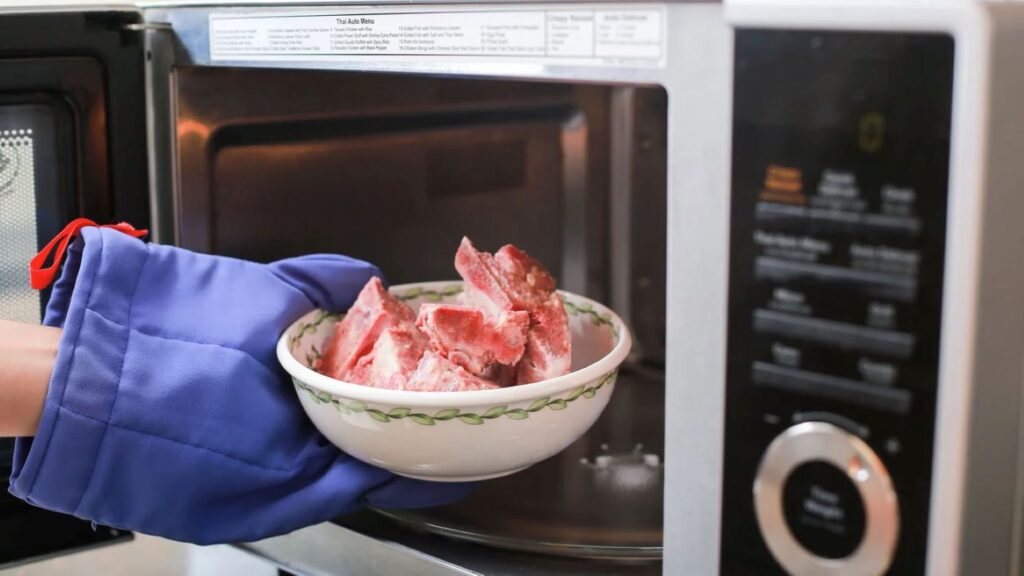
We are not sounding a disclaimer because microwaving food is bad in itself. The reality is that microwaving exposes frozen meat to the temperature danger zone, which may be a threat to its microbial integrity and safety. A surefire way to ensure microwave meat safety is to cook the meat immediately after defrosting.
Defrosting Methods to Avoid
After taking you through a guide on how to defrost meat safely, it would be foolhardy not to mention things to avoid. Here are three home food safety tips concerning the handling of frozen meat:
Don’t leave meat in the sink or garage overnight
You may be tempted to leave your frozen meat in the sink or garage overnight. If you’ve been doing this or are considering it, please stop. Aside from the microbial hazards of leaving the meat exposed, vermin may gnaw on it overnight without your knowledge.
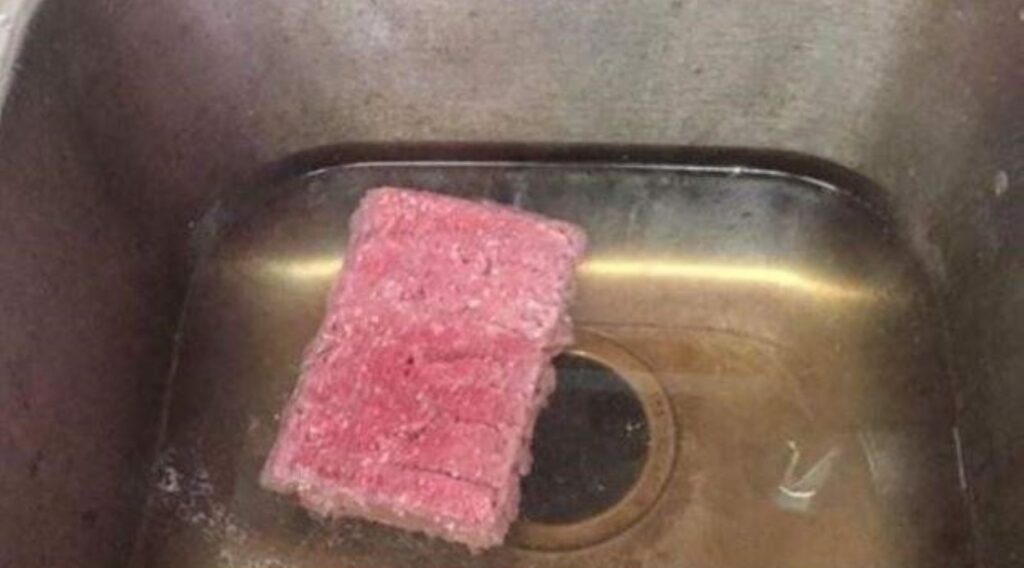
Avoid defrosting meat with hot water
Defrosting meat with hot water has a similar effect to microwave thawing; the outer surface thaws rapidly while the meat core stays frozen. The chewy texture of the meat may be affected, and it may even lose its juicy flavour.
ALSO READ: Why Eating Local Is Good for Your Health and the Planet
Bonus Tips for Safe Meat Handling
We’ll be leaving you with some CDC food safety rules including thawing practices:
- Always wash your hands and sanitize surfaces before and after handling raw meat. This eliminates the likelihood of cross-contamination.
- Refreezing thawed meat is a no-no. The only exception is if the meat was defrosted in a refrigerator.
- If, after defrosting, you have cause to leave the meat uncooked, endeavor to label it with the defrost date.
The USDA guidelines for defrosting meat safely reiterate that the effectiveness of the thawing method influences its safety and quality. When preparing a meal and deciding on how to defrost your frozen meat, always plan ahead. Also, where possible, opt for the safest method.
Whether it’s steak or stew meat, defrosting the smart way is your first step toward a safer meal.







